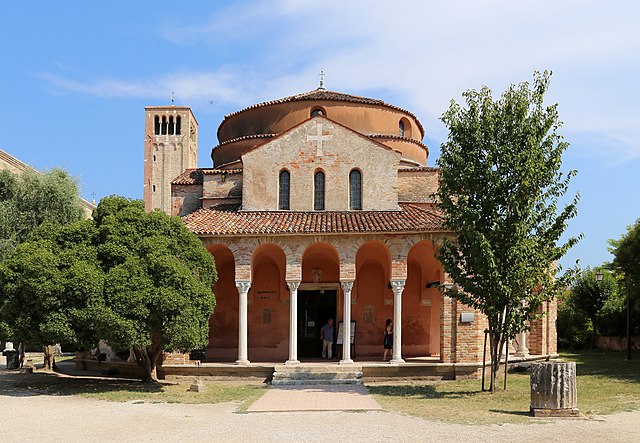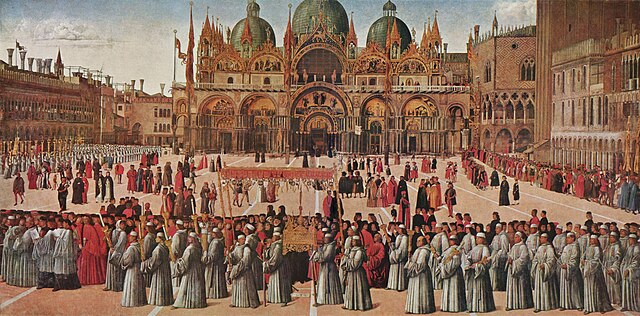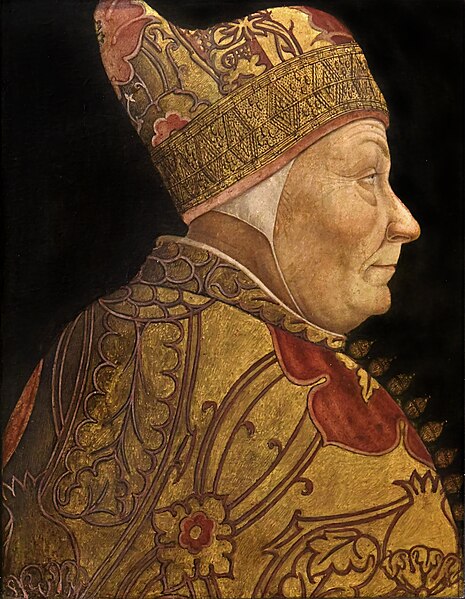The siege of Shkodra took place from May 1478 to April 1479 as a confrontation between the Ottoman Empire and the Venetians together with the League of Lezhe and other Albanians at Shkodra and its Rozafa Castle during the First Ottoman-Venetian War (1463–1479). Ottoman historian Franz Babinger called the siege "one of the most remarkable episodes in the struggle between the West and the Crescent". A small force of approximately 1,600 Albanian and Italian men and a much smaller number of women faced a massive Ottoman force containing artillery cast on site and an army reported to have been as many as 350,000 in number. The campaign was so important to Mehmed the Conqueror that he came personally to ensure triumph. After nineteen days of bombarding the castle walls, the Ottomans launched five successive general attacks which all ended in victory for the besieged. With dwindling resources, Mehmed attacked and defeated the smaller surrounding fortresses of Žabljak Crnojevića, Drisht, and Lezha, left a siege force to starve Shkodra into surrender, and returned to Constantinople. On January 25, 1479, Venice and Constantinople signed a peace agreement that among other concessions ceded Shkodra to the Ottoman Empire. The defenders of the citadel emigrated to Venice, whereas many Albanians from the region retreated into the mountains. Shkodra then became a seat of the newly established Ottoman sanjak, the Sanjak of Scutari. The Ottomans held the city until Montenegro captured it in April 1913, after a six-month siege.

Gatteri's 1860 etching of the 1478 siege
Sultan Mehmed II went personally to lead the siege
Venetian gate (outer), barbican, and original Illyrian gate (inner) at the northern face of the fortress
A relief commemorating the siege from the 15th century School of the Albanians in Venice
The Republic of Venice or Venetian Republic, traditionally known as La Serenissima, was a sovereign state and maritime republic in parts of the present-day Italian Republic, Istria and Dalmatia that existed for 1,100 years from 697 until 1797. Centered on the lagoon communities of the prosperous city of Venice, it incorporated numerous overseas possessions in modern Croatia, Slovenia, Montenegro, Greece, Albania and Cyprus. The republic grew into a trading power during the Middle Ages and strengthened this position during the Renaissance. Most citizens spoke the Venetian language, although publishing in Italian became the norm during the Renaissance.
The Church of Santa Maria Assunta, on the island of Torcello, was the main place of worship in the Venetian Lagoon between the 7th and 9th centuries.
The church of Santa Fosca, built in the 12th century, is an example of Byzantine influence in Venetian culture.
Painting by Gentile Bellini depicting St Mark's Square in the 1490s
Francesco Foscari was the 65th Doge of the Republic of Venice from 1423 to 1457








